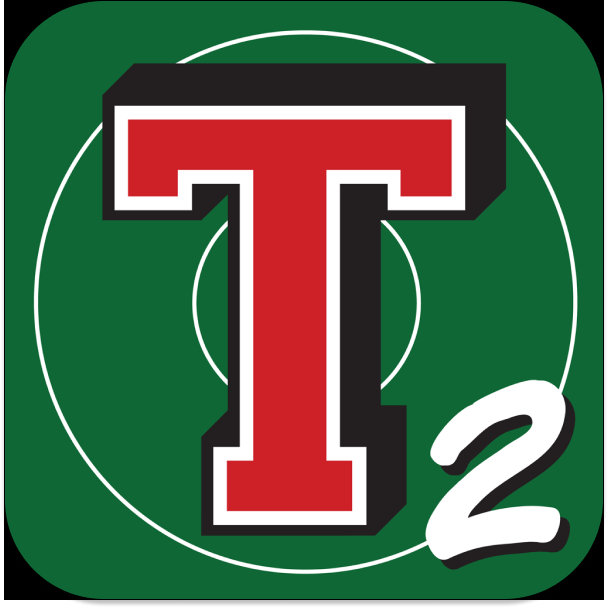Timely Updates for
Takedown Scoring and Stats Users


Budgeting for Next Season
Plan and budget for these items to get more value out of your Takedown investment.

Using an External Camera (Part II)
We used another external camera with Takedown to record video. It was greater.

User Contributed Post: Tripod/Monopod Combo Works Well
Takedown user shares experience with helpful accessory.

Using an External Camera (Part I)
We used an external camera with Takedown to record video. It was great.
